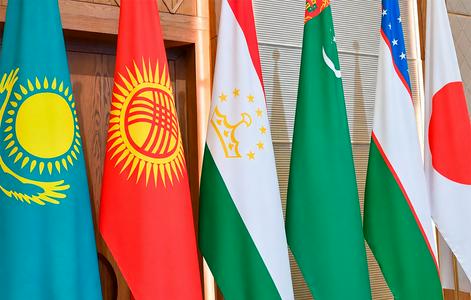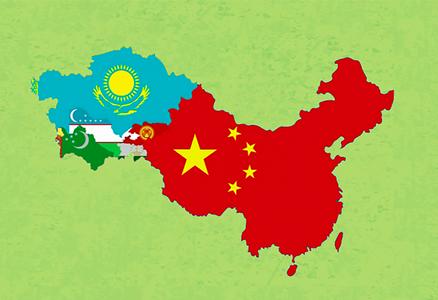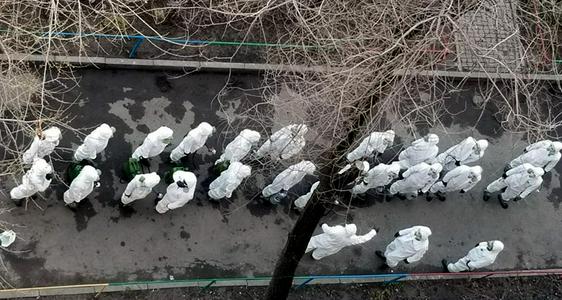The massive Rogun hydropower project in Tajikistan — set to feature the tallest dam in the world — will require the relocation of approximately 60,000 residents from the future reservoir area. Experts say the government’s current resettlement plans are flawed and must be revised. These concerns are detailed in a report by the international coalition Rogun Alert, which includes several NGOs and environmental organizations.
According to a statement published by Rivers Without Boundaries — one of the coalition members — the relocation program near the Rogun reservoir is among the largest ever undertaken in modern hydropower development.
Alexander Kolotov, head of Rivers Without Boundaries, argued that instead of reducing the number of people forced to move, project developers significantly expanded the resettlement footprint. He noted that lower-dam alternatives could have allowed more than 32,000 residents to remain in place, but those options were dismissed.
There are also major concerns about the designated resettlement sites — many of which suffer from limited access to water, arable land, and pastures. Insufficient infrastructure, experts warn, will worsen living standards and may push more people into labor migration.
The report additionally criticizes the compensation calculations. Analysts say current funding will not be enough to build new housing for all displaced families. As a result, many residents would be forced to construct their own homes and take on debt to purchase building materials.
Another issue is the unclear budget for relocation: various official documents list estimates ranging from $287 million to $380 million, yet none provide transparent explanations for how the money will be spent.
Experts also call the deadlines unrealistic. Fewer than 8,000 people have been relocated since construction began in 2018 — yet the government plans to move between 40,000 and 52,000 people within the next seven years, by 2032. Such a goal, analysts say, poses significant social risks.
The report stresses that international funds and banks financing the Rogun project must ensure it benefits local communities rather than harming them. Without stronger safeguards, the construction of this giant facility may cause severe damage to tens of thousands of people, in violation of both international standards and Tajik law.
Rogun Hydropower Plant is Tajikistan’s largest energy initiative. Full completion is expected by the end of 2031.
Two units with a capacity of 600 MW each are already in operation. Once finalized, Rogun is projected to become the biggest hydropower plant in Central Asia, with an installed capacity of 3,600 MW and an annual electricity output of 13–17 billion kWh.










